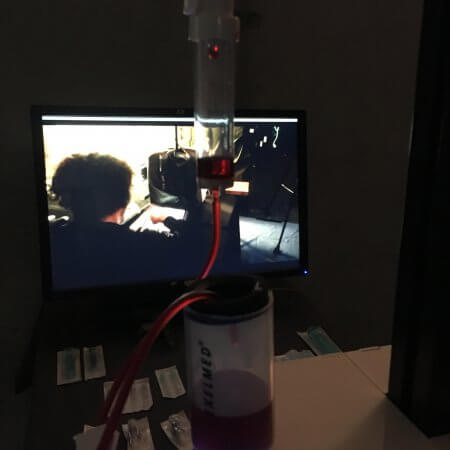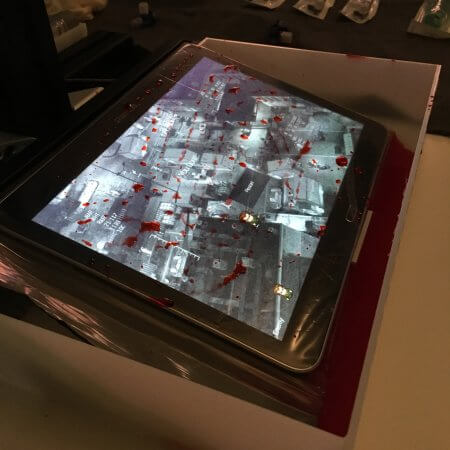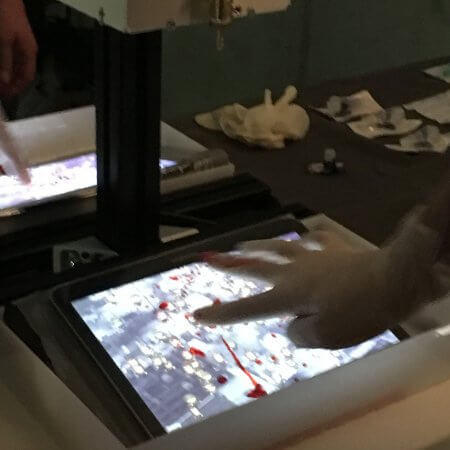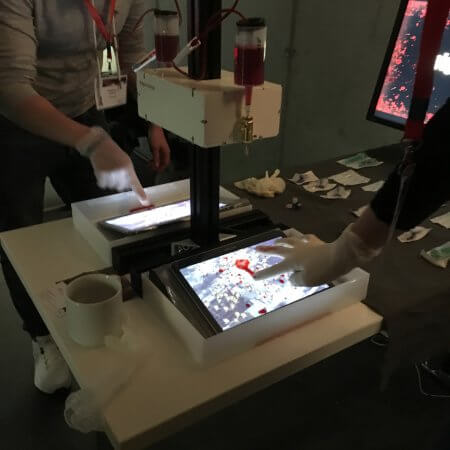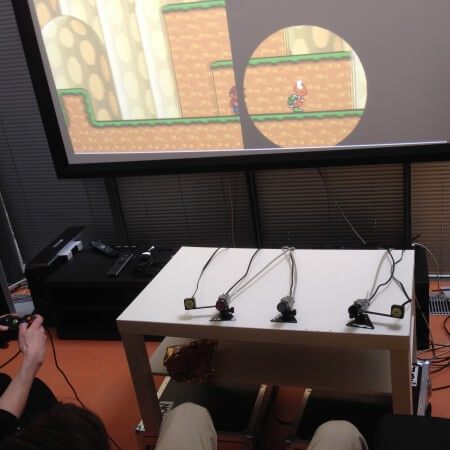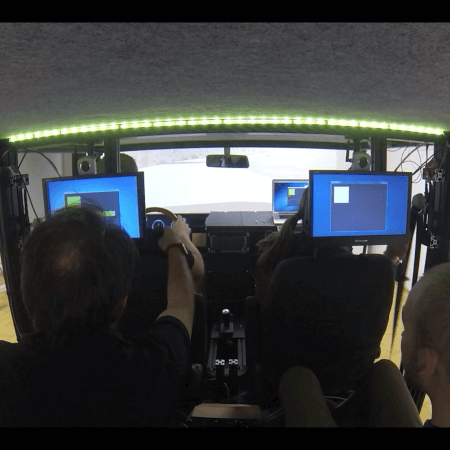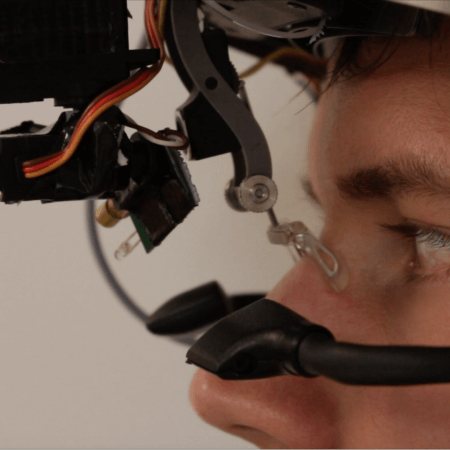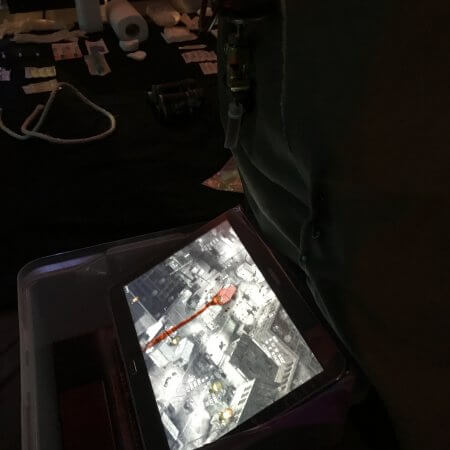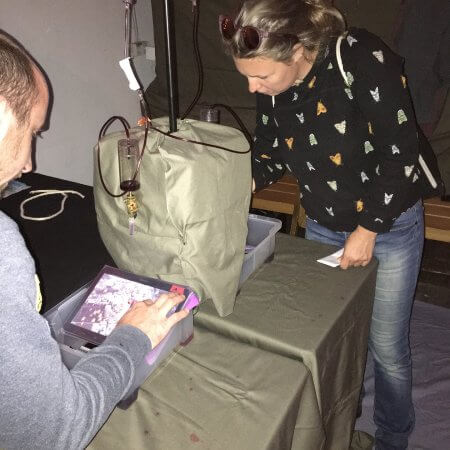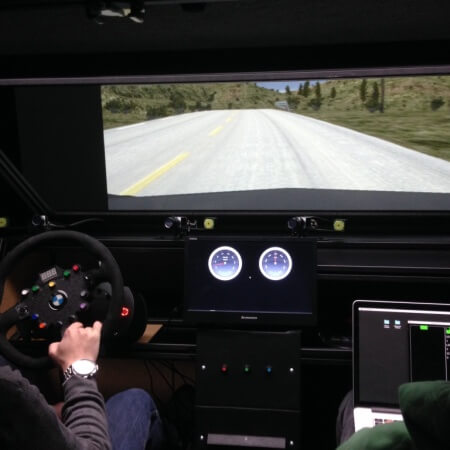We explore embodied interaction as a stance towards game design in order to create new play experiences based on physical and social context qualities as a design material for digital play. By questioning the established notion of digital/physical play we aim at creating new gameplay experiences that go beyond purely digital and physical interactions. We utilize games as mediatory artifacts that allow the emergence of socio-physical qualities and social couplings between players, in turn also eliciting knowledge on the influence and adoption of those very qualities.
Goals
- Incorporating a holistic view on gaming as a collaborative practice within social and physical contextual influences
- Designing with contextual characteristics by exploring different embodied representations of these influencing factors to enrich the experience and create new forms of play
- Understanding games and game design as a research method for studying social and physical context qualities (e.g., using games as critical designs)
Research Activities
Reign in Blood is an interactive game installation that is based on interacting with fluids, e.g., blood, on a touchscreen. In this co-located two player game, the players take the role of warlords on a battlefield, aiming to fight the other player’s soldiers. Our design goal was to intentionally break touch-based interactions for gameplay purposes in order to make the game increasingly harder to play when in-game casualties emerged. The focus of this project was to explore how we could design in-game events resulting in real-world consequences for the player, and further bridging the digital/physical divide by exploring alternative forms of interacting with existing technology. In its core, the project utilises metaphorical gameplay to question the ascribed meaning of blood on an interactional layer.
Gaze-based Onlooker Integration: Within this project we explored an interaction concept that uses the gaze of a second observing person during a co-located gaming situation as an input modality to assist the player. We investigated the effects of different embodied forms of gaze-based onlooker integration and their influence on the player’s and the onlooker’s experience. Our research goal was to address the “in-between” design space of being an active player or a passive spectator and foster co-located game collaboration with.
EyeCo investigates the effects of a shared gaze visualization on social presence in an online cooperative game. We explored how the shared gaze visualization changes how players work together and form collaborative strategies based on different combinations of gaze interaction and verbal communication. Our approach aims at fostering social couplings in remote collaborative gaming and investigates their potential to increase the connectedness between players.
CarTeam is a collaborative multiplayer game that takes advantage of physical structures and affordances of existing tangible elements in the car (e.g., handles) and uses them as inputs for in-car gaming. By augmenting these elements with computational properties, we aim at transforming them into input modalities for collaborative and co-located gaming.
Speedtris is a design that explores the possibilities of using a game as a mediatory artifact to create social couplings as a persuasive means to stop a car driver from speeding. The game translates car data (i.e., speed) into in-game interventions and gameplay changes towards bringing the front-seat passenger to verbally influence the driver to stick to the speed limit. Within a laboratory setup we explored different levels of in-game interventions as a leverage point for the persuasive game designs.
